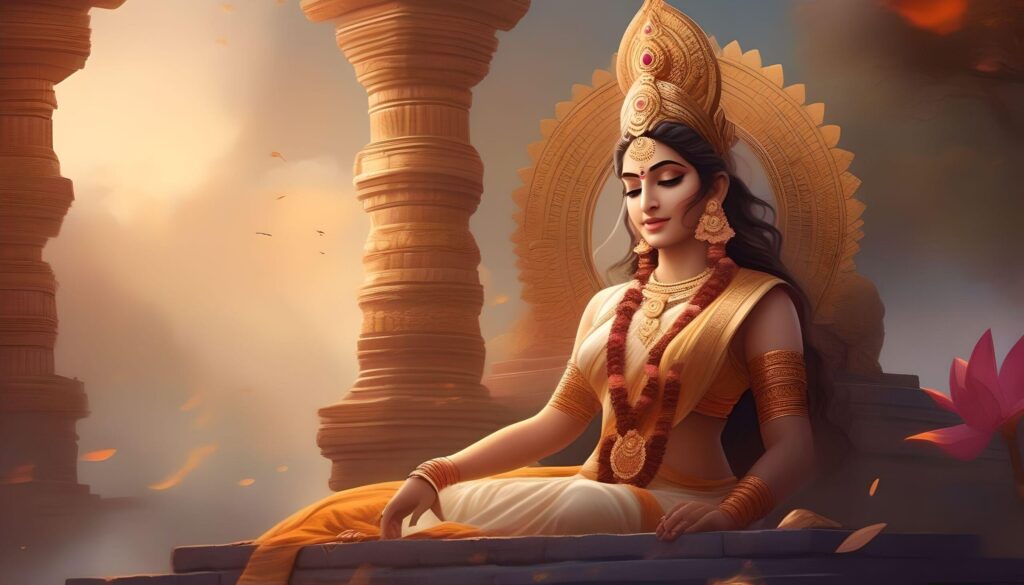Blog
The Role of Earrings in Traditional Cultural Attire
Earrings have been a staple of human adornment for centuries, transcending mere decoration to become symbols of identity, status, and cultural heritage. Across the world, earrings hold deep cultural significance, playing a key role in traditional attire and ceremonial practices. From intricate designs to symbolic motifs, earrings reflect the values, beliefs, and histories of the communities that wear them.
In this article, we’ll explore the role of earrings in traditional cultural attire, highlighting their symbolic meanings, regional variations, and enduring legacy.
1. A Symbol of Identity and Heritage
Earrings in traditional cultural attire often serve as markers of identity, signifying a wearer’s origin, ethnicity, or social status. Their designs, materials, and craftsmanship are deeply rooted in the cultural heritage of a community.

Examples:
- India: Earrings like jhumkas and chandbalis are staples of traditional Indian attire, often paired with sarees or lehengas. These designs, embellished with gold, pearls, or gemstones, reflect India’s rich artisanal heritage.
- Africa: In many African cultures, earrings made from materials like beads, metals, or wood symbolize tribal affiliation or rites of passage. Maasai women, for instance, wear large beaded earrings as a display of beauty and craftsmanship.
Earrings not only enhance aesthetic appeal but also connect wearers to their cultural roots.
2. Spiritual and Symbolic Meanings
Earrings in traditional attire often carry spiritual or symbolic significance, representing beliefs, values, or connections to higher powers.
Examples:
- China: In Chinese tradition, jade earrings are believed to bring good luck, protect against harm, and symbolize purity and balance.
- Native American Cultures: Earrings crafted from turquoise or other natural materials are considered protective talismans, channeling spiritual energy and harmony.
- Middle East: Gold earrings often signify prosperity and divine blessings, making them integral to weddings and other auspicious ceremonies.
These symbolic meanings elevate earrings from mere ornaments to powerful emblems of faith and fortune.
3. Markers of Social Status and Wealth
Historically, earrings have been used to signify a wearer’s social rank, wealth, or marital status. The materials and intricacy of the designs often reflect the individual’s standing within their community.
Examples:
- Europe: During the Renaissance, earrings adorned with precious stones like diamonds and rubies were worn by aristocracy as symbols of power and affluence.
- Asia: In traditional Thai and Burmese cultures, women from noble families often wore gold or silver earrings, demonstrating their family’s wealth and influence.
- Africa: Certain tribes in Ethiopia and Sudan use elaborate gold or brass earrings to showcase the economic status of a family.
Earrings continue to hold this role in modern adaptations of traditional attire, blending legacy with contemporary fashion.
4. Rites of Passage and Ceremonial Importance
In many cultures, earrings are deeply tied to rites of passage, marking significant milestones in a person’s life. From birth ceremonies to weddings, earrings play a vital role in traditional rituals.
Examples:
- Hindu Weddings: Brides wear heavy, ornate earrings, often as part of a larger jewelry set, symbolizing marital commitment and auspiciousness.
- Latin American Quinceañera: Earrings are gifted to the celebrant as a symbol of her transition from childhood to womanhood.
- African Initiation Ceremonies: Among certain tribes, the size and style of earrings mark the transition into adulthood or signify achievements within the community.
These practices underscore the cultural and emotional significance of earrings as markers of life’s pivotal moments.
5. Gender and Earrings in Traditional Attire
While earrings are often associated with women, they have historically held significance for men in various cultures, challenging modern gender norms.
Examples:
- India: Kings and warriors traditionally wore earrings as symbols of power and masculinity, often featuring bold designs in gold or silver.
- Africa: Among the Fulani people, both men and women wear earrings, with men often choosing larger, more dramatic styles as a sign of strength and status.
- Europe: Sailors in the 17th and 18th centuries wore single gold earrings, which were believed to protect their eyesight and serve as payment for burial if they died at sea.
These traditions reveal the dynamic roles earrings play in reflecting cultural definitions of beauty and identity across genders.
6. Regional Variations in Earring Styles
The design and materials of earrings vary significantly across regions, each reflecting the cultural aesthetics and natural resources of its origin.
Asia:
- South Asia: Chandbalis and jhumkas with intricate filigree work are iconic.
- East Asia: Minimalist jade or gold designs symbolize purity and prosperity.
Africa:
- Northern Africa: Large, ornate hoops or crescent-shaped earrings often incorporate silver and enamel work.
- Eastern Africa: Beaded earrings in vibrant colors reflect Maasai traditions.
Europe:
- Mediterranean: Greek and Roman designs often feature laurel or vine motifs in gold.
- Eastern Europe: Intricately crafted silver earrings with floral patterns are popular in traditional attire.
The Americas:
- Indigenous Cultures: Earrings often feature natural materials like feathers, shells, or stones, reflecting a deep connection to nature.
- Latin America: Bold, colorful designs, often incorporating turquoise or coral, highlight cultural vibrancy.
Each style tells a story, preserving the artistry and values of its culture.
7. Modern Adaptations of Traditional Earrings
As cultures evolve, so too do traditional earrings. Modern jewelry designers often reinterpret classic styles, blending traditional craftsmanship with contemporary aesthetics.

Examples:
- Fusion Fashion: Chandbalis are now worn with Western dresses, and African beadwork inspires avant-garde designs.
- Minimalist Takes: Traditional motifs like lotus or peacock patterns are reimagined in sleek, modern settings.
- Sustainable Materials: Designers increasingly use eco-friendly materials to recreate traditional designs, reflecting modern environmental values.
These adaptations ensure the relevance of traditional earrings in a globalized fashion landscape.
8. Preserving Cultural Heritage Through Earrings
Earrings play a vital role in preserving and celebrating cultural heritage. Many artisans continue to use age-old techniques to create traditional designs, ensuring that these symbols of identity are passed down through generations.
Importance of Preservation:
- Keeps cultural traditions alive in the face of modernization.
- Provides economic opportunities for artisans who specialize in traditional jewelry.
- Allows younger generations to connect with their heritage through wearable art.
By cherishing and supporting traditional earring designs, communities honor their history while adapting to contemporary tastes.
Conclusion
Earrings are far more than decorative accessories—they are profound cultural artifacts that convey identity, status, and tradition. From their roles in rites of passage to their symbolic meanings, earrings remain an integral part of traditional attire across the globe.
As modern interpretations continue to evolve, these timeless adornments bridge the past and present, ensuring that their rich histories remain alive and celebrated for generations to come. By understanding the cultural significance of earrings, we not only appreciate their beauty but also the stories they carry.


